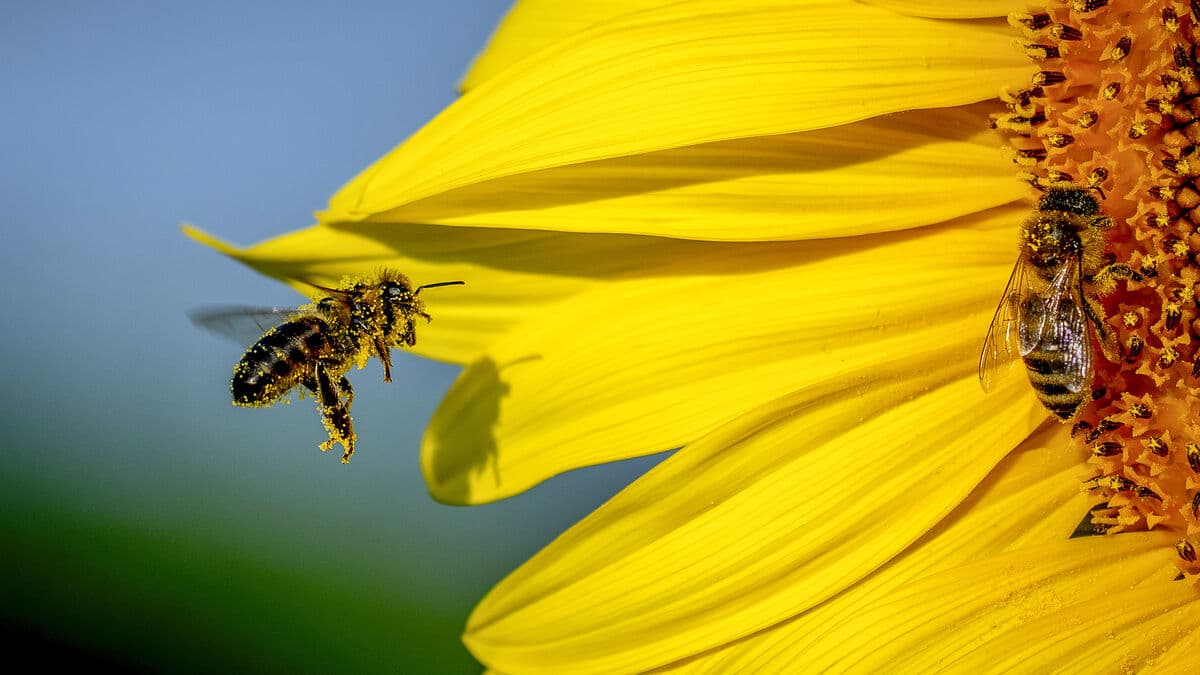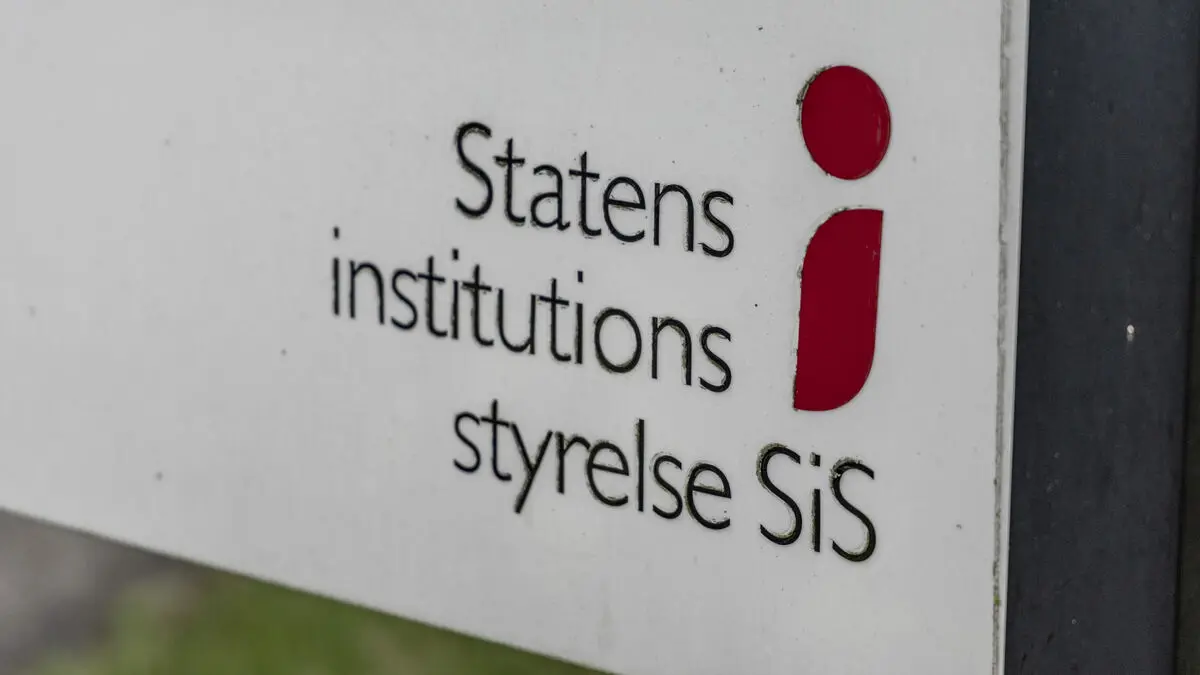When the International Union for Conservation of Nature (IUCN) presents its most comprehensive evaluation to date of the status of bees, 172 species are threatened with extinction, compared to 77 in 2014.
Almost all flowering plants in Europe, both crops and wild flowers, are dependent on pollinators, primarily bees.
If wild bees disappear, many wild plants may also be at risk. Flower-rich meadows and beautiful orchid species are just a few examples, says Denis Michez from the University of Mons, who led the study of bees.
The report also shows that the number of threatened European butterfly species has increased by 76 percent in the last ten years. More than 40 percent of the butterfly species unique to the continent are threatened or near threatened.
Loss of habitats is the greatest threat to wild bees and butterflies. Forestry and agriculture cause significant damage to nature that is crucial for their survival. Fertilizers and pesticides, as well as reduced flower diversity, also affect the pollinating species negatively.
Climate change affects more than half of Europe's threatened butterfly species. Longer droughts and intense forest fires can wipe out their habitats for several years to come.
Rising temperatures affect bees to varying degrees. Some species that are adapted to cold are severely affected, while others are rather benefited.





